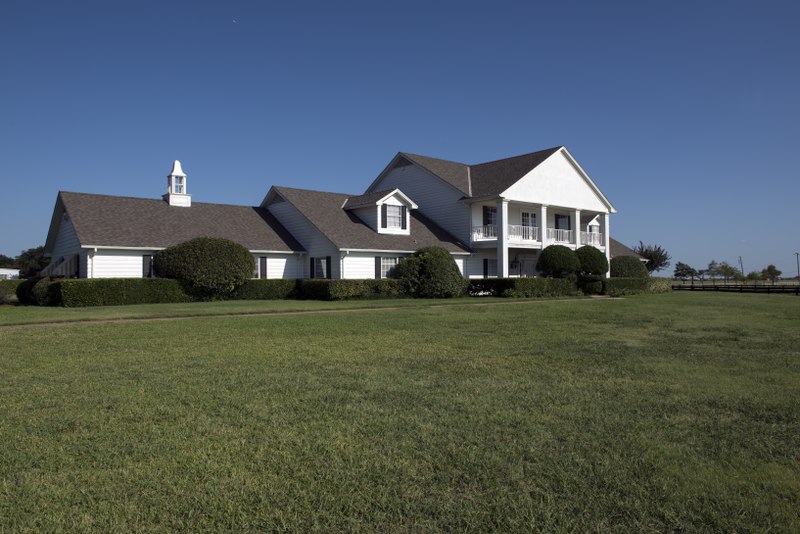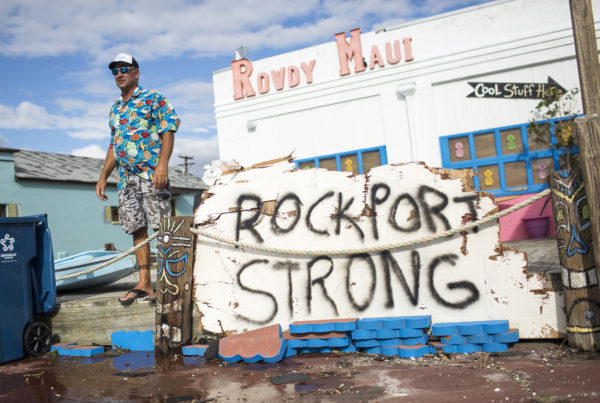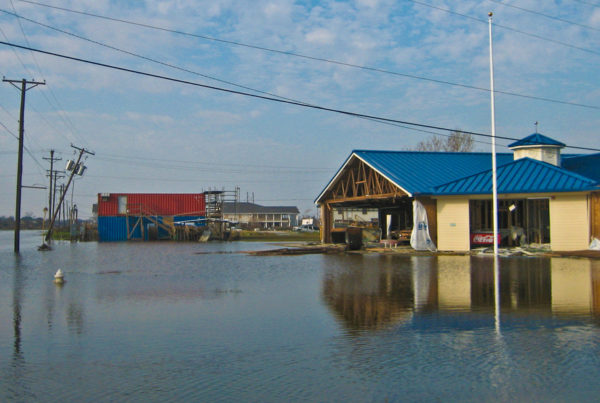In 1978, the CBS TV network took a chance on broadcasting a five-episode miniseries about the schemes and struggles of a Texas family. Five shows – that’s all there were 40 years ago. But people loved it. So, CBS brought the series back for 24 more episodes. By then, America was hooked.
We’re talking about “Dallas,” of course. At its peak, over 90 million Americans tuned in to watch the show each Friday night – that’s three quarters of U.S. households with a television. And on its 40th birthday, we at the Texas Standard wondered what was it about this show that compelled so many people to watch, and why it had such staying power.
If you’re too young to remember, the show revolved around the Ewings, an oil and ranching family with one foot in the modern business world, as exemplified by the high-rises of downtown Dallas where they worked, and the other on the ranch. Arch-villain J.R. Ewing, as played by Texan Larry Hagman, became so iconic that the third-season cliffhanger became a national catchphrase, “Who shot J.R.?”
Jason Mellard is a cultural historian of the southwest at Texas State University. He says “Dallas” caught on because of the way it depicted Texas – a place that seemed immune from the stagflation and malaise of the late 70s.
“There was a sort of can-do attitude toward entepeneurislism and wealth that was out of sorts with the 1970s, and kind of pointed ahead to the 1980s,” Mellard says.
For Texans, and metroplex residents in particular, “Dallas” also dispelled a lingering association with the assassination of President John F. Kennedy.
“This is a show that even if the Ewings aren’t necessarily who you want to be the symbols of your city for all time, it was much better than being associated with that particular American tragedy,” Mellard says.
The “who shot J.R.” plotline genuinely did catch fire with audiences, but it began as a response to contract negotiations with Hagman, Mellard says. If the actor left the show, the bullets might have been fatal. But when the actor agreed to return, writers made sure the gunwoman (spoiler alert), who turned out to be J.R.’s ex-lover and sister-in-law, only wounded him.
At the time of the cliffhanger, “Dallas” was the highest-rated TV show ever.
“Dallas,” which was syndicated inside the U.S. and around the world, continues to stand in for some as a version of Texas. The Southfork Ranch remains a tourist attraction, primarily for international tourists, Mellard says.
Written by Shelly Brisbin.
















